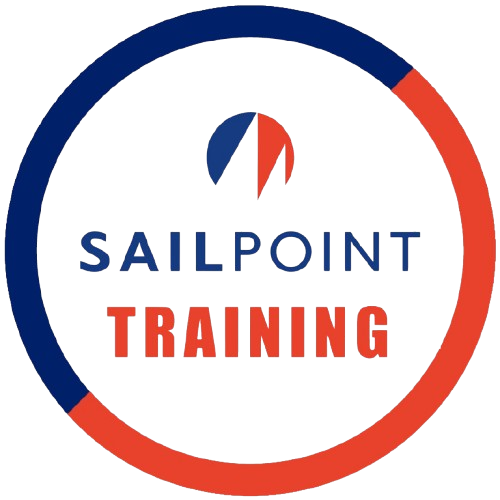Introduction
Imagine trying to navigate a vast ocean without a map. You might have the best sailing gear, but without a grasp of the fundamental navigational skills, you’re likely to drift off course. This analogy ties directly to engaging with SailPoint training, particularly the core concepts and features that make this platform essential for identity governance. Whether you’re an IT professional eager to streamline your organization’s identity management or a newcomer aiming to make sense of it all, a strong understanding of the core concepts and features is crucial to your success.
The Pillars of Identity Governance
At the heart of SailPoint’s functionality are several pillars that support identity governance. Understanding these pillars helps you leverage the platform fully.
- Identity Lifecycle Management: This feature involves managing and automating the entire identity lifecycle, from initial onboarding to offboarding. According to a recent survey, organizations that use efficient lifecycle management can reduce provisioning times by nearly 80%.
- Access Management: This ensures that employees have the right access to resources without compromising security. With features like role-based access control (RBAC), SailPoint helps define user roles and permissions based on job functions.
- Compliance and Audit: SailPoint empowers organizations to stay compliant by providing comprehensive visibility into user access and activities. A notable case study involves a global bank that used SailPoint to streamline its compliance reporting process, reducing audit preparation time by 50%.
Insights into Security and Risk Management
Security is non-negotiable in today’s digital age. SailPoint’s core features not only facilitate seamless operations but also enhance security and risk management practices.
- Automated Risk Scoring: SailPoint evaluates access requests based on user behavior and previous patterns, assigning risk scores to help determine which requests need further verification. This feature can alert administrators to potential security concerns before they escalate.
- Policy Enforcement: The platform allows organizations to define security policies that are enforced automatically, significantly minimizing human error. A recent report indicated that organizations implementing automated policy enforcement witnessed a 40% drop in security incidents.
Leveraging Reporting and Analytics
One of the standout features that elevate SailPoint above traditional identity management solutions is its analytics capabilities. Access to real-time data enables organizations to make informed decisions and improve overall efficiency.
For instance, its People Insights feature uses machine learning to analyze access trends and suggest adjustments necessary to optimize identity security and compliance efforts. A reputable tech firm reported a substantial increase in decision-making speed after implementing SailPoint’s analytics.
Future Trends in Identity Governance
As the digital landscape continues to evolve, so too do the core concepts and features of SailPoint. Embracing AI and machine learning is a growing trend that could redefine how organizations manage their identities. For instance, predictive analytics could enable proactive detection of user behavior anomalies, allowing organizations to fend off potential breaches before they happen.
Moreover, the integration of decentralized identity solutions could empower users with more control over their own digital identities, aligning with the growing demand for privacy and security.
Conclusion
Grasping the core concepts and features of SailPoint is more than just learning a new skill; it’s about future-proofing your career in an increasingly interconnected world. As identity governance becomes a cornerstone of organizational strategy, knowledge in this area will not only enhance your professional repertoire but also contribute to your organization’s success amid evolving threats.
